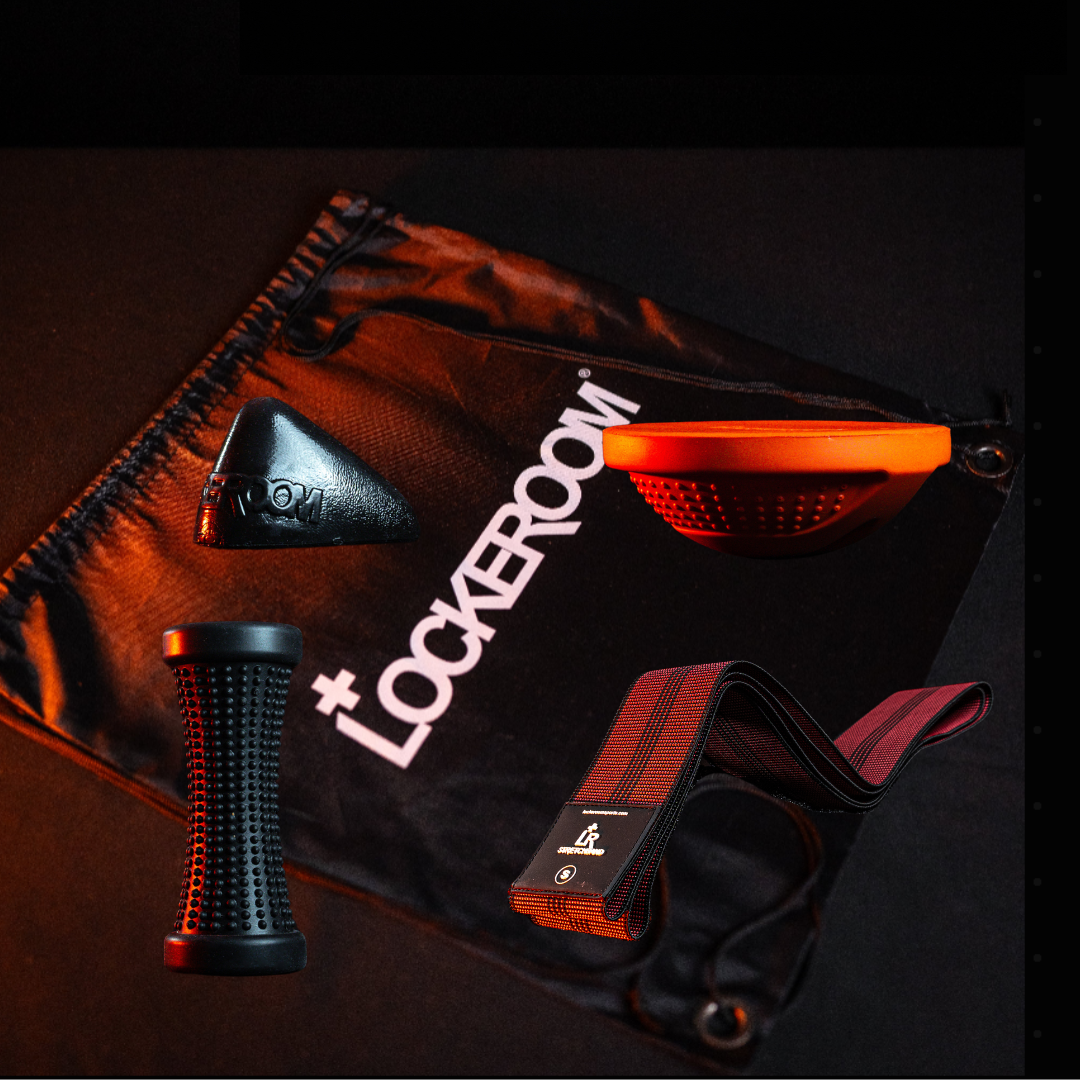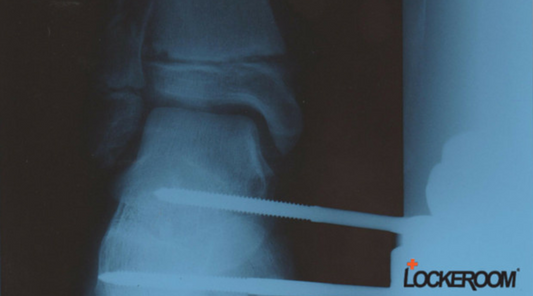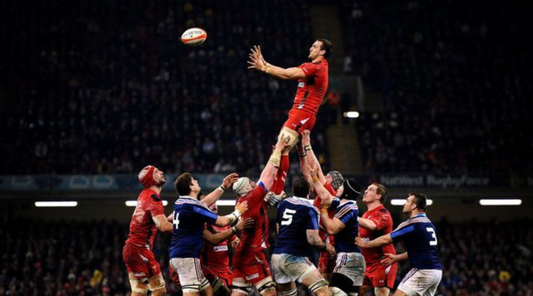
Q&A with Cam
Learn what might be behind your symptoms
What is the most common lower back complaint your see in the Clinic?
Common lower back problems (LBP) include muscular strains and issues with facet joints and intervertebral discs.
These problems often arise due to a history of intense physical activity, such as heavy lifting, frequent extension and bending, or prolonged sitting.
People with a strong activity-based background, such as athletes and those engaged in physically demanding jobs, may experience wear on their lumbar structures. Sedentary individuals or those with poor lifting habits, such as caregivers or people who sit for long periods, are also at risk.
If I'm doing my exercises why is my lower back still tight and sore?
Exercise generally is good, but it needs to be the right types of exercise.
To manage lower back pain (LBP) effectively, improving posture and focusing on mobility and stability is crucial. This includes:
- Using a Posture Pro Dome to strengthening the abdominal muscles to reduce anterior pelvic tilt
- enhancing thoracic mobility. Use the Dome for this too
- stretching your Lats and Hamstrings with a Stretchband
- reducing muscle tightness through targeted techniques like using a Pocket Physio Max to trigger the Glute Med, and ITB muscles
- using a Foam roller or Footeez to release TFL fascial tightness.
What's the best way to avoid getting lower back pain?
To manage LBP effectively, improving posture and focusing on mobility and stability is crucial. This includes strengthening the abdominal muscles to reduce anterior pelvic tilt, enhancing thoracic mobility (Posture Pro) , stretching the lats, and reducing muscle tightness through targeted techniques like triggering. Use a Pocket Physio Max for triggering Gluteus Medius, ITB, and TFL, as well as using a Foam roller or Footeez to release fascial tightness.
Rehab may involve a period of rest. This should then be followed with a targeted strength, mobility, and flexibility program, which is essential for recovery and to prevent future injuries.
What kind of trauma injuries occur in the Lumbar spine?
Stress fractures are usually the result of overtraining or excessive jumping, and are commonly seen in athletes such as cricket bowlers or young athletes undergoing intense training during their growth phase. To address these injuries, it is crucial to seek a medical diagnosis as soon as possible. Once healed, a rehab program including mobility and stability exercises will be required. Any technical deficiencies identified by coaches need to be corrected.
Another significant lower back issue we often treat involves acute compressive disc injuries.
Acute compressive disc injuries are typically caused by sudden twisting and lifting movements, which result in sharp pain at the moment of trauma.
If I've had a disc injury, how long before I can train again?
Return to play (RTP) timelines for disc injuries depend on the nature and severity of the injury.
For minor disc complaints, recovery might take around 6 weeks. More significant issues, such as pronounced protrusion or prolapse, typically require a longer recovery period of up to 12 weeks. In severe cases, where surgical intervention might be necessary, the RTP could extend up to 12 months.
Accurate diagnosis is crucial for effective management, and imaging techniques such as MRI, CT scans, or X-rays are essential for assessing the extent of the injury and guiding treatment decisions.














